The history of tarot is long, and probably surprising to some. The earliest known surviving full deck dates to the early 15th century in Italy. Painted by Bonifacio Bembo for the Duke of Milan, it is known as the Visconti-Sforza deck, after the Duke’s family name. In Renaissance Europe, these decks of cards, then known as trionfi, tarocchi, and tarock, were used to play games such as tarocchini in Italy and jeu de tarot in France, trick-taking card games in the same vein as Whist or bridge. In Italy, the aristocracy would also engage in a whimsical game known as “tarocchi appropriati”, in which players were dealt cards from the deck and used the imagery and themes to compose poetry. It wasn’t until the 18th century that the cards began to be used as we think of them today, for divination and cartomancy.
A tarot deck is comprised of 78 cards total. Similar to standard playing cards, there is a set of four suits which vary by region, but often are represented by wands/batons, cups, coins/pentacles, and swords. Each suit is comprised of 14 cards, ten cards numbered one or ace to ten, and four face cards: King, Queen, Knight, and Jack or Knave. These 56 cards are known as the minor arcana. The other 22 cards are known as the major arcana and consist of a group of 21 Trump cards and a single card known as the Fool. Although there are wide varieties in tarot decks, stylistically and regionally, some of the more archetypal arcana cards include the Tower, the Devil, the Magician, Death, the Wheel of Fortune, the Chariot, Justice/Judgment, the Lovers, the Moon, the Sun, and the World. Some tarot decks contain only these 22 major arcana cards, eliminating the four suits.
F.A. Bernett Books currently has in its inventory a collection of over 200 assorted tarot decks, comprising an impressive overview of the history and study of tarot. Most of the decks date to the second half of the 20th century and are primarily European in origin. This collection includes reproductions of important historical decks, decks showcasing the work of modern artists and more whimsical decks centered around fantastical themes. Highlighted below are several of the numerous interesting and eye-catching decks from this collection.
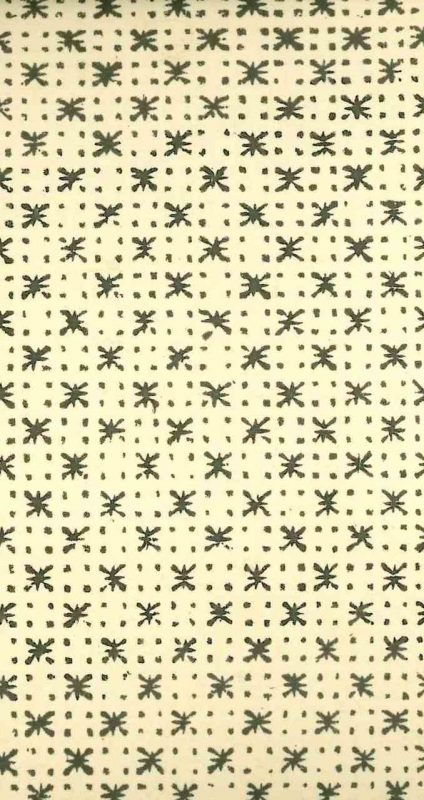
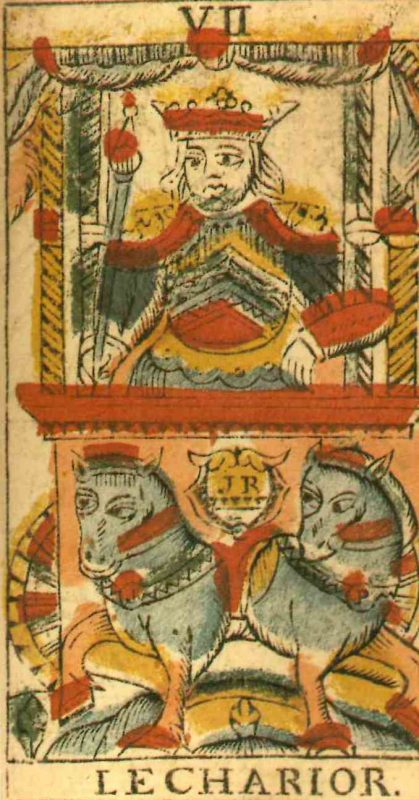
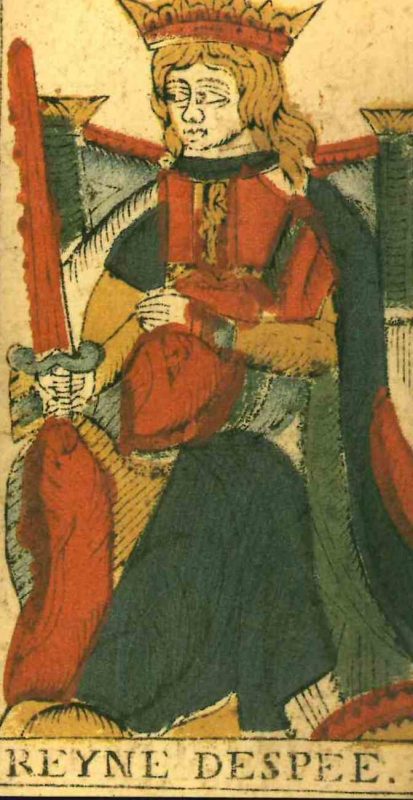
Reproduction of the Tarocco di Marsiglia (Svizzera 1804). No. 555 of a limited edition of 2000. Milan (Edizioni Il Meneghello/Cavallini & Co.) n.d.
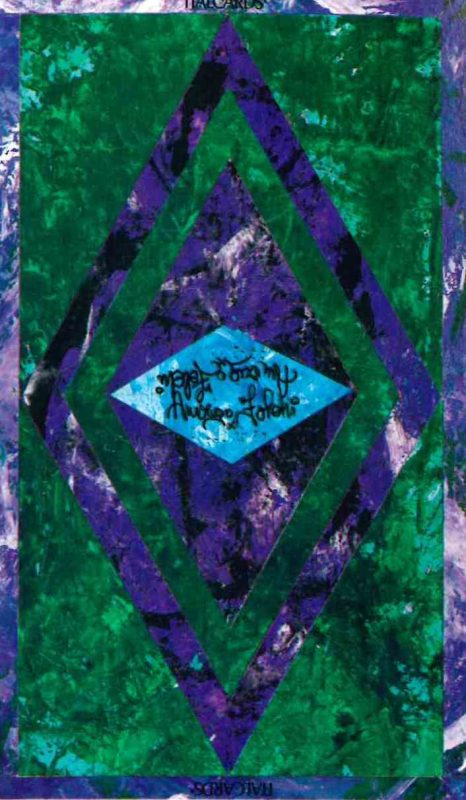
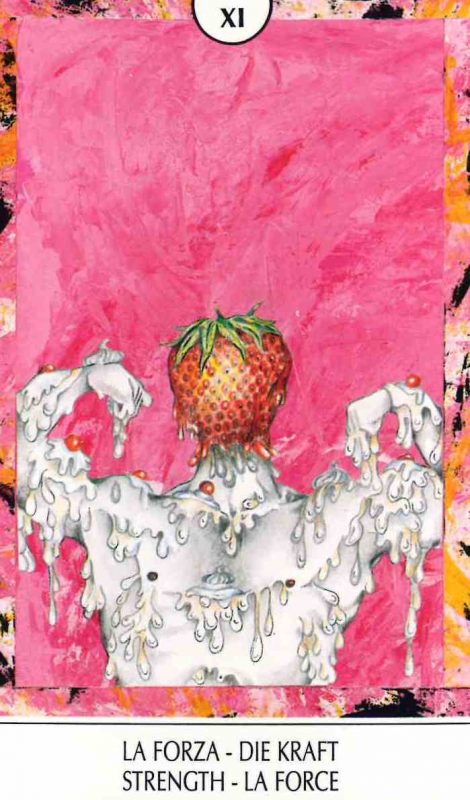
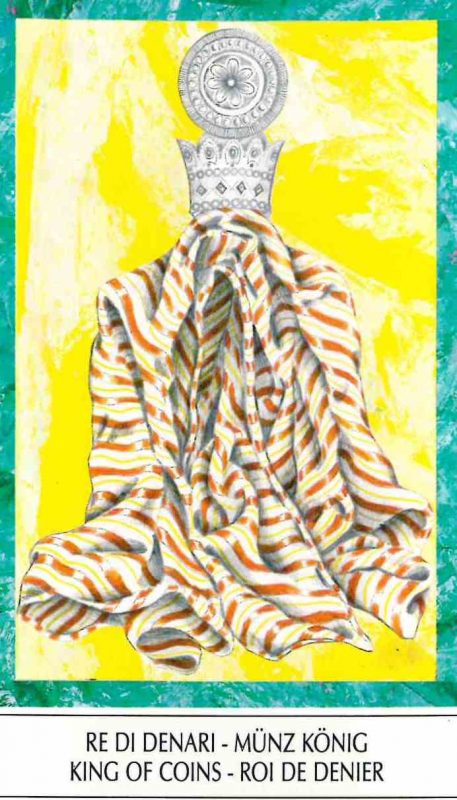
Il Tarocco di Amerigo Folchi. Artwork by Amerigo Folchi. No. 2528 of a limited edition of 3000. Bologna (Italcards) 1991.
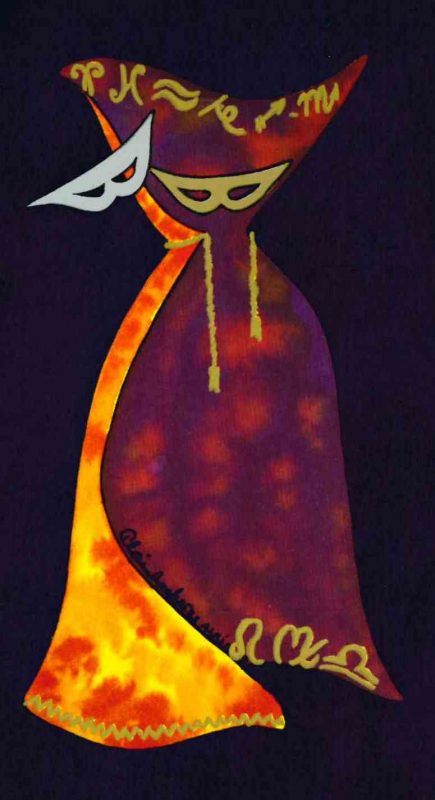
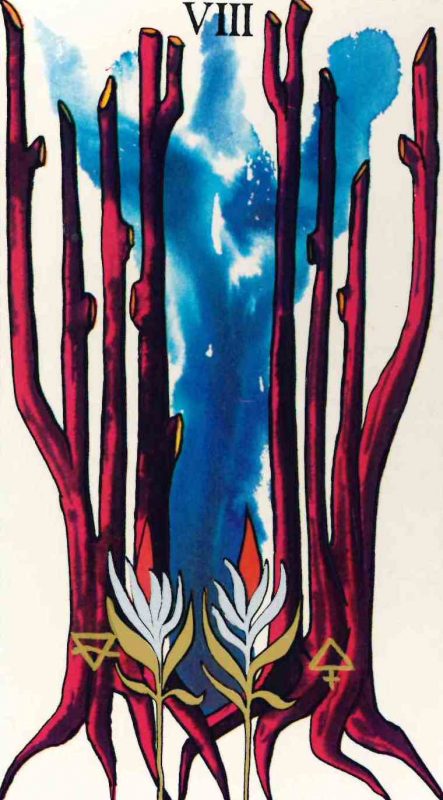
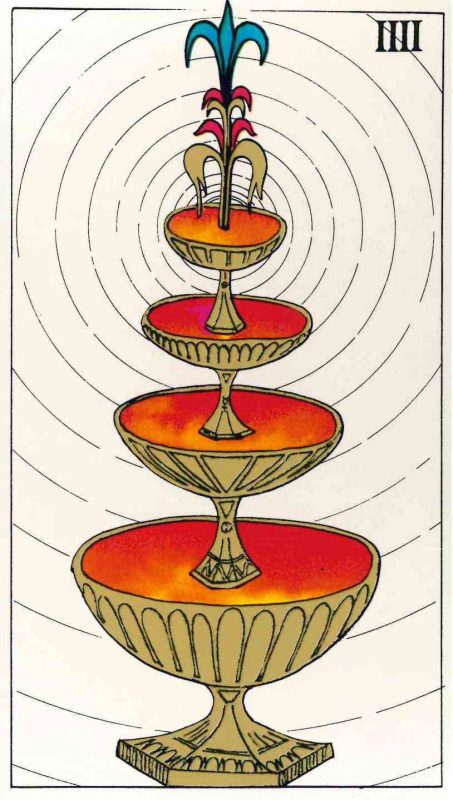
Le Tarot de la Réa. Artwork by Alain Bocher. St-Brieuc, Franc (Les Presses Bretonnes) 1982.
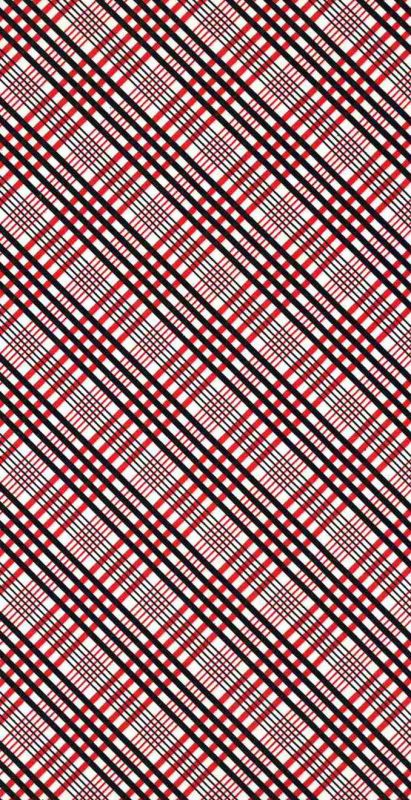
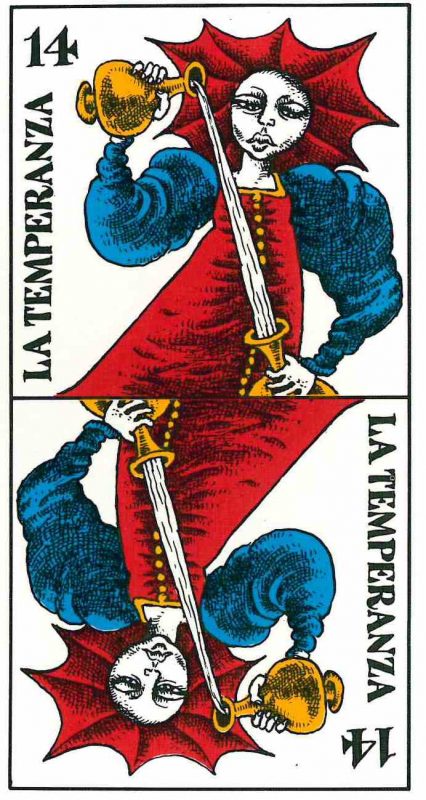
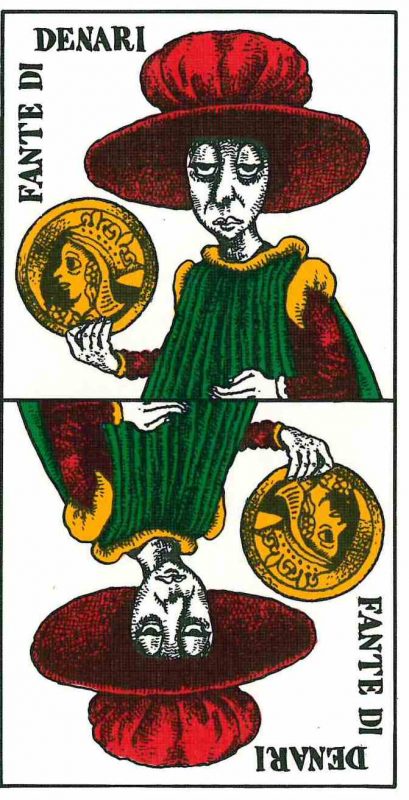
Tarocco Fantastico. Artwork by Franco Bruna. No. 160 of a limited edition of 1200, with signed and hand-numbered title card. Turin (Viassone) 1982.
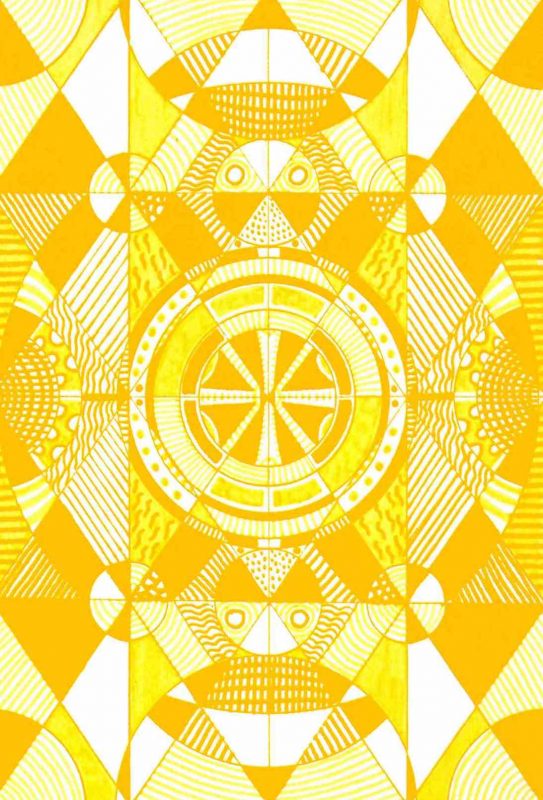
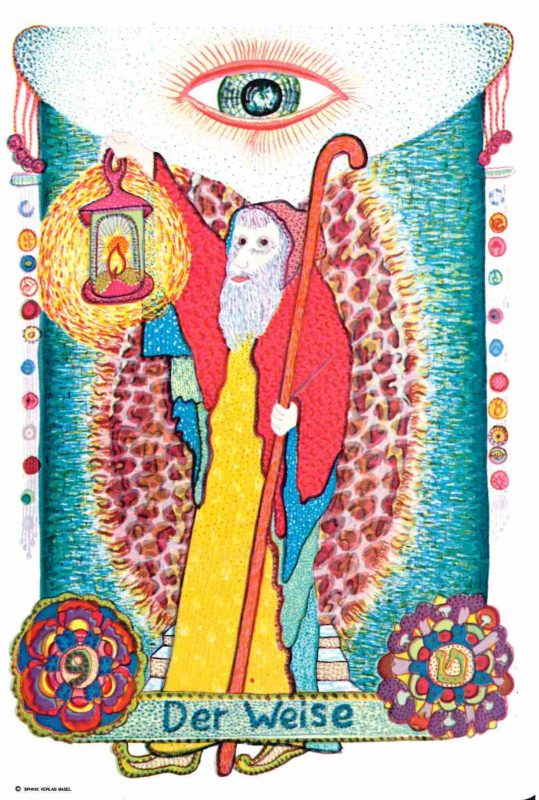
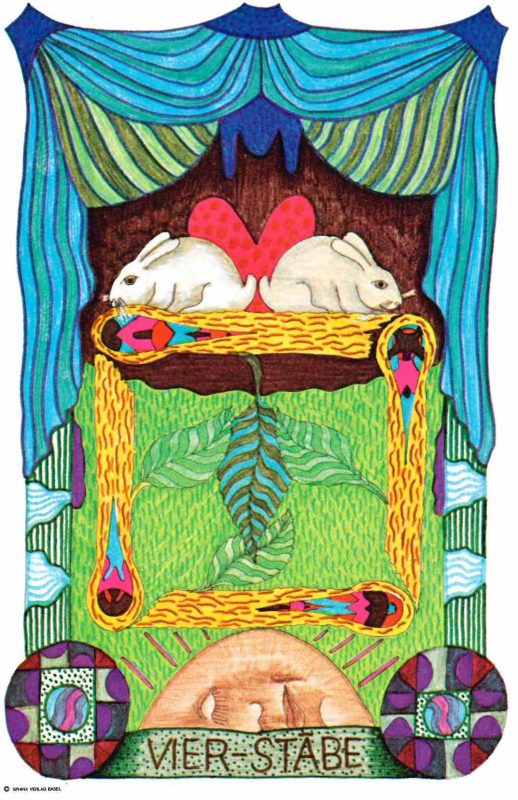
Zigeuner Tarot. Artwork by Walter Wegmüller. Basel (Sphinx Verlag/AGMüller) 1982.
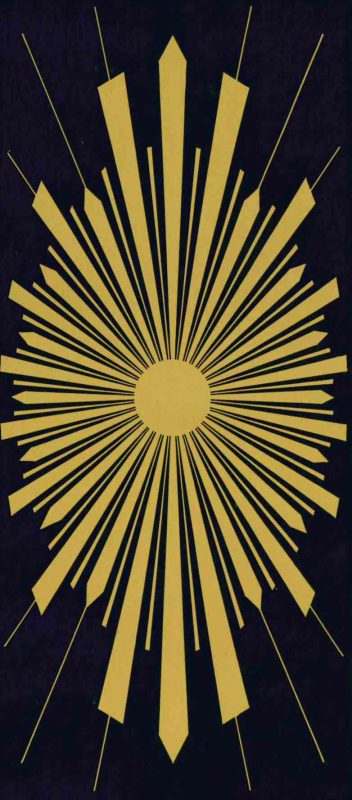
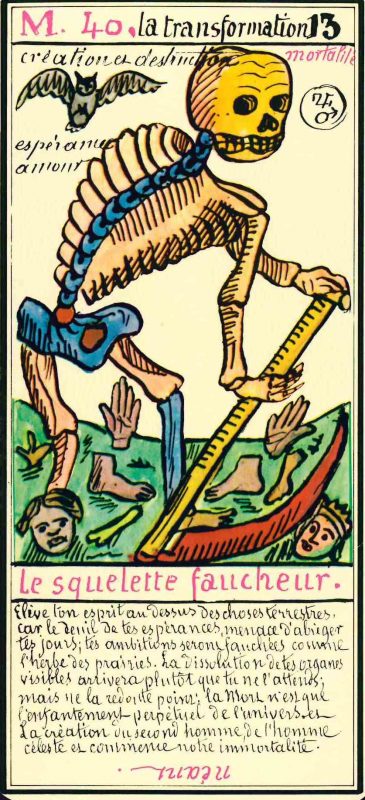
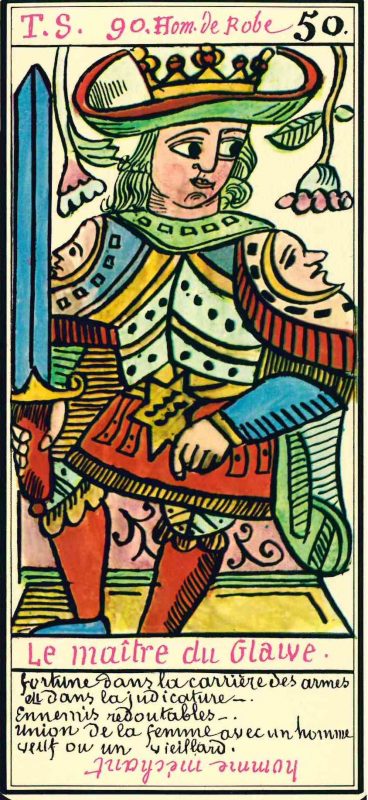
Grand Tarot Belline. No. 4366. Paris (J.M. Simon/Grimaud) 1966.

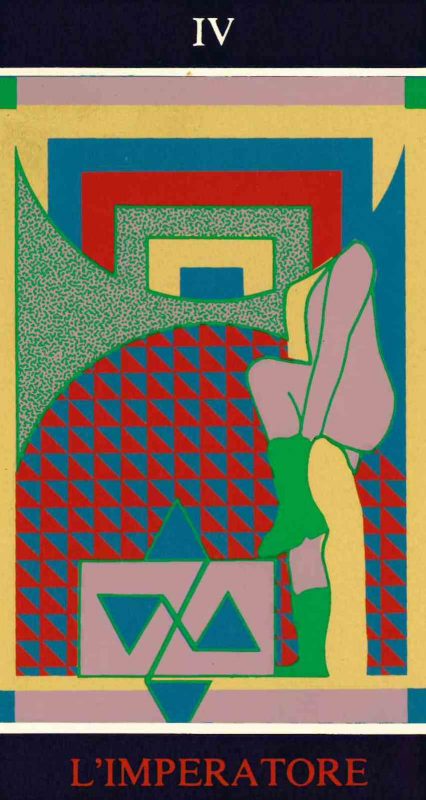
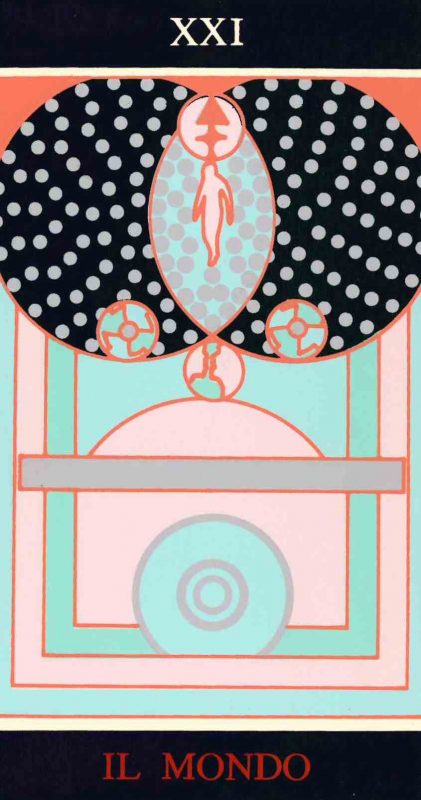
XXII Arcani – I Tarocchi di Andrea Picini. Artwork by Andrea Picini. No. 123 of a limited edition of 1000, with signed and hand-numbered title card. N.p. (Edizioni Luca) 1977.
Extensive Collection of Tarot Cards. A large collection of over 200 decks of tarot cards, most dating to the second half of the 20th century with a few earlier and later outlying examples, from publishers in Austria, Belgium, France, Germany, Italy, Japan, Spain, Switzerland, and the United States, including reproductions of antique tarot decks, modern decks showcasing the work of particular artists, and decks providing a more whimsical approach to the arcana. Some decks unopened, a few decks incomplete, the rest all in excellent condition, with little to no signs of wear. Various sizes. Various cities. 1930s-2000s. Together with an assortment of over 100 catalogues and books related to the tarot, some pertaining to specific decks. (48661)
{ 0 comments }


